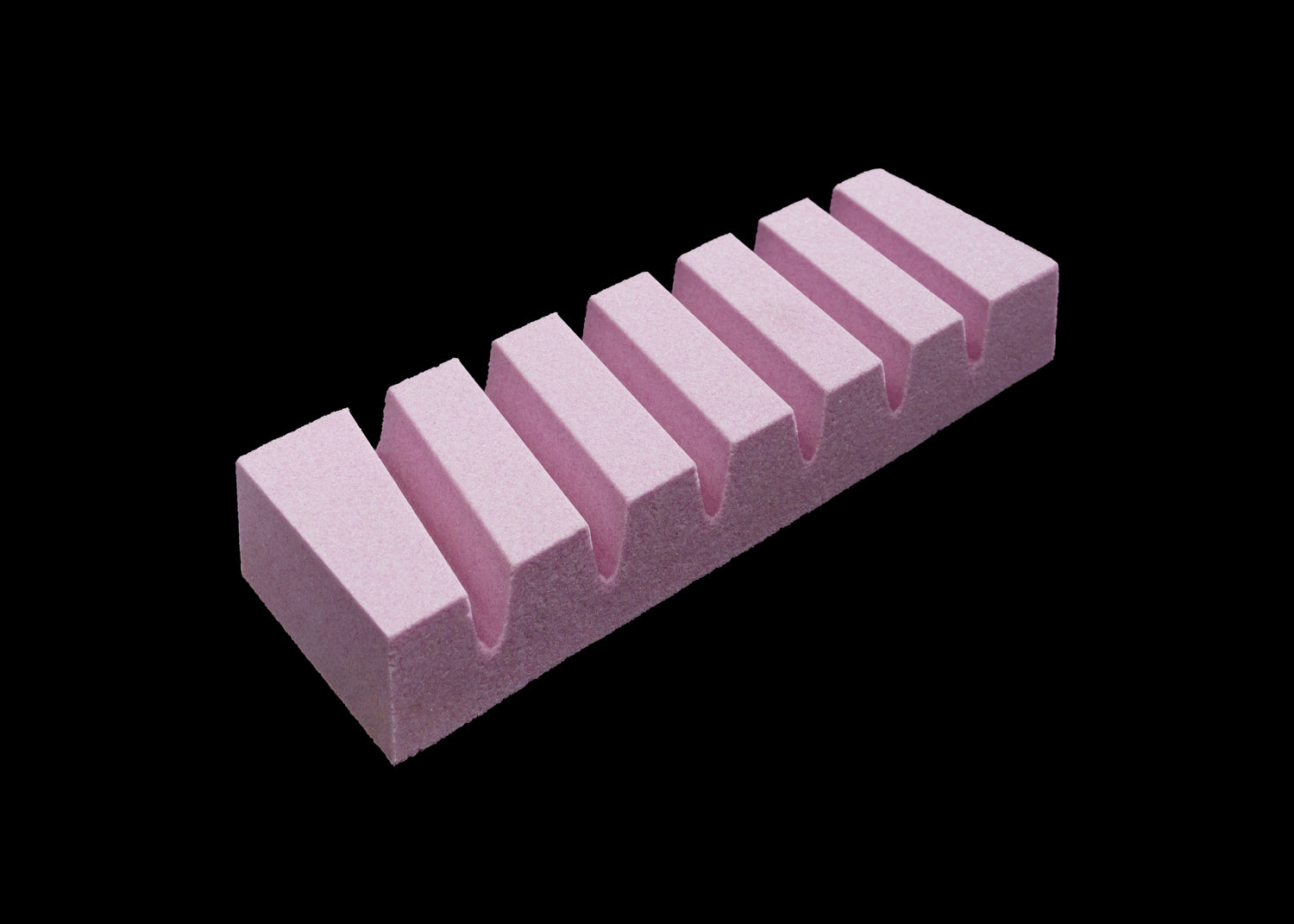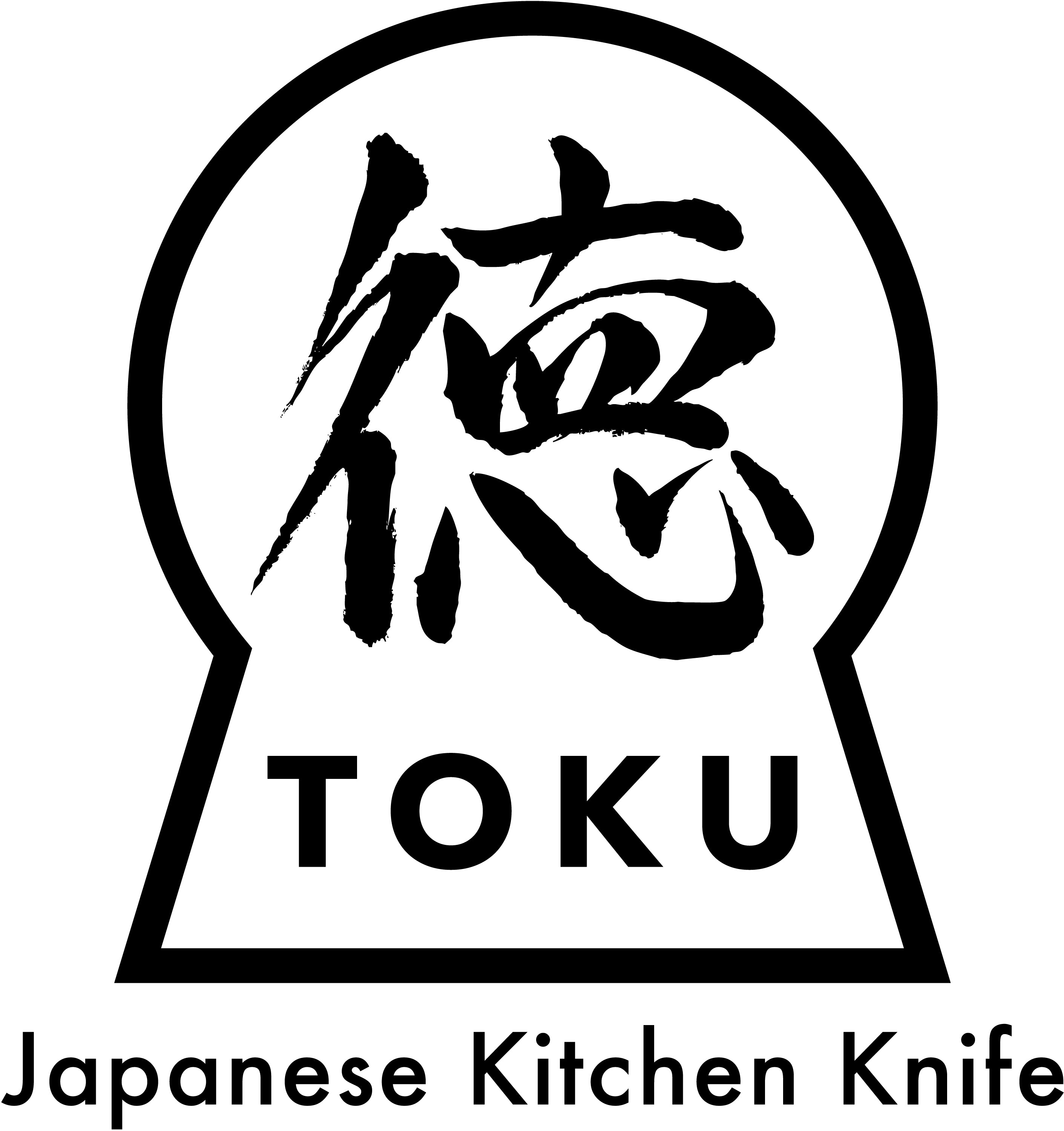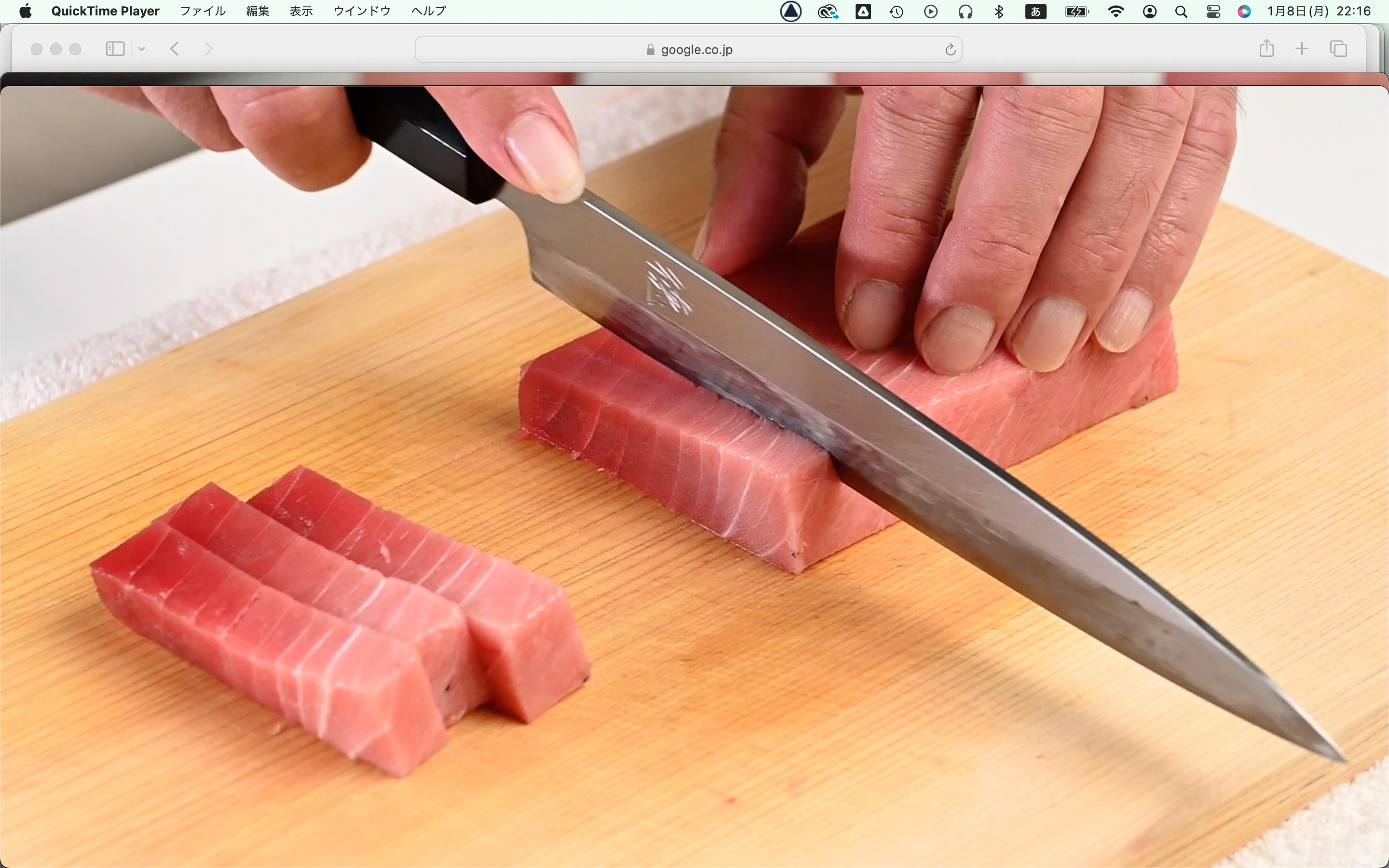
[2024] Correction whetstone
I am Okudaira, the owner of "Japanese Kitchen Knife TOKU''.
We want to sell knives made in our hometown of Sakai, Osaka, so we purchase and sell knives made in Sakai from a knife manufacturer in Sakai.
We don't just sell knives, we visit a number of blacksmiths and bladesmiths in Sakai to help our customers understand knives, experience the actual work, and hear from the craftsmen. I'm here. In addition to Sakai, we also visit Seki in Gifu, Tsubame-Sanjo in Niigata, Tanegashima in Kagoshima and Katsushika in Tokyo, in an effort to deepen our understanding of the characteristics and commitment of each.
.
Correction Whetstone
Do you know what a correction whetstone is?
When sharpening a whetstone, the sharpened area becomes worn down. If you sharpen a knife when the whetstone is worn down and concave, the cutting edge will not be straight, so it is necessary to return the whetstone to a flat surface. A correction whetstone is used for this purpose. Returning a whetstone to a flat surface is also called "straightening the surface."
A common type of grinding stone is one with large diagonal grooves. These grooves are there to efficiently remove the mud that comes out when grinding the stone.
In the knife sharpening workshops we conduct, we have participants use diamond whetstones as correction whetstones. In either case, the purpose is to return the surface of the whetstone used when sharpening to a flat surface. If you don't do this, no matter how hard you sharpen the knife, you won't get a streight edge.
I am surprised that many of the students who come to the seminars and restaurant staff don't know about face fixing.
So, when should you use a correction whetstone?
You should always use it after sharpening with a whetstone or when you first start sharpening.
I think it's easy to understand and a good idea to follow a routine of straightening the surface after use to make it flat and then finishing sharpening.
Conversely, I think straightening the blade when you start sharpening is an effective procedure if you want to remove any dirt before starting sharpening.
It doesn't matter which procedure you use, but it's best to follow the procedure according to the whetstone and sharpening method you use.
Is it okay to resurface the knife only at the beginning or end of sharpening?
The answer is NO .
For example, if you have been sharpening with the same whetstone for a long time or if the whetstone is relatively soft and the surface is easily worn down, you may need to resurface it even while sharpening.
In my case, depending on the situation, if I am continuing to sharpen with the same whetstone, I resurface the knife once every 5 or 10 minutes.
After the seminar, we re-face the whetstones that students have used, but some students have continued sharpening without re-faceing them, and it seems that they have concentrated on sharpening in one place, which can take a lot of time to correct. In that sense, it can be easier to re-face in small increments.
Now, I would like to touch upon how to fix the face.
The surface of a whetstone may appear flat, but it is actually worn down and concave.
This is difficult to see visually, so if you draw a line on the surface of the whetstone with a pencil or something similar and then smooth out the surface with a correction whetstone, you will be able to see at a glance which areas are flat and which are not.
If the pencil lines remain, it means that the area is not yet flat, so you need to grind down the surface with a correction stone until the pencil lines disappear completely.
Another thing not to forget is to chamfer both sides of the whetstone.
If you chamfer the edges with a sharpening stone, both sides will become sharp. You may cut your hands on the corners, so don't forget to chamfer both sides.
We have mentioned the need for correction stones and surface straightening. What do you think?
Correction whetstones are essential for sharpening knives. Even if you sharpen your knives at home, you should always have a set of medium whetstone and correction whetstone.
Let's go to a knife store!
If you don't understand it until you see it, go to a knife store and try holding a knife. However, most stores do not allow you to try cutting the knife, so you cannot check the sharpness before purchasing.
"Japanese Kitchen Knife TOKU'' does not have a store, but we set up stalls at events, so please feel free to stop by if we have one in your area.If there is no knife specialty store nearby, it is a good idea to purchase from an online knife specialty store.
"Japanese Kitchen Knife TOKU'' has posted a video showing the actual cutting process, so please use it as reference.



Leave a comment
This site is protected by hCaptcha and the hCaptcha Privacy Policy and Terms of Service apply.